Did you know that Angel Fish are one of the most popular species of freshwater aquarium fish? With their vibrant colors, graceful movements, and fascinating behavior, it’s no wonder why these majestic creatures have captivated the hearts of aquarium enthusiasts around the world. Whether you’re a beginner or seasoned hobbyist, keeping Angel Fish in your aquarium can be a rewarding and enjoyable experience.
Table of Contents
Key Takeaways:
- Angel Fish are one of the most popular species of freshwater aquarium fish.
- They are known for their vibrant colors, graceful movements, and fascinating behavior.
- Whether you’re a beginner or seasoned hobbyist, keeping Angel Fish in your aquarium can be a rewarding experience.
Understanding Angel Fish: Freshwater and Marine Varieties
Before delving into the care and keeping of Angel Fish, it is essential to have a clear understanding of the different varieties available. Angel Fish are available in both freshwater and marine species, each with their own distinct characteristics and care requirements. Let’s explore these varieties in detail.
1. Freshwater Angel Fish
Freshwater Angel Fish, scientifically known as Pterophyllum scalare, are native to the Amazon River basin in South America. They are prized for their graceful appearance, with long, flowing fins and striking vertical stripes. These fish thrive in freshwater environments with stable water parameters.
2. Marine Angel Fish
Marine Angel Fish, also known as Centropyge species, are found in the oceans around the world. They exhibit vibrant colors and intricate patterns, making them popular additions to saltwater aquariums. Marine Angel Fish require a marine aquarium setup with proper salt levels and specific water conditions.
“The beauty of Angel Fish lies in their diverse appearances and behaviors, making them an intriguing choice for aquarists.” – Aquarium Enthusiast Magazine
While both freshwater and marine Angel Fish share similarities in terms of their graceful appearance and peaceful nature, their habitat requirements differ significantly. Understanding these differences will enable you to provide the ideal environment for your Angel Fish, ensuring their health and well-being.
Key Differences Between Freshwater and Marine Angel Fish
- Water Type: Freshwater vs. Saltwater
- Water Parameters: Stable freshwater conditions vs. Marine salinity and pH levels
- Tank Size: Larger tanks for marine varieties due to their size
- Compatibility: Freshwater Angel Fish are generally more compatible with other fish species
- Feeding: Varied diet with high-quality flakes or pellets for both freshwater and marine varieties
By familiarizing yourself with the intricacies of freshwater and marine Angel Fish, you can choose the variety that best suits your expertise and aquarium setup. Additionally, knowing the specific requirements of each variety will empower you to care for them effectively, ensuring their longevity and vibrant beauty in your aquarium.
Setting Up the Perfect Angel Fish Tank
Creating the ideal environment for your Angel Fish is crucial to their overall well-being. To ensure their health and happiness, it’s important to follow the necessary steps to set up the perfect Angel Fish tank.
Selecting the Right Size and Type of Tank
When choosing a tank for your Angel Fish, consider the space requirements based on the number of fish you plan to keep. As a general guideline, a 30-gallon tank is suitable for a pair of adult Angel Fish. However, larger tanks provide more swimming space and stability in water parameters, reducing stress for the fish.
When it comes to tank type, a glass aquarium is the most popular choice due to its durability and clear view. Acrylic tanks are a lighter alternative, but they may scratch more easily. Whichever material you choose, make sure the tank has a sturdy stand and a snug-fitting lid to prevent fish from jumping out.
Properly Arranging Decorations
Angel Fish enjoy having plenty of hiding spots and areas to explore within their tank. Enhance their habitat by adding suitable decorations, such as caves, driftwood, and live plants. These provide not only shelter but also spots for breeding and spawning.
Avoid sharp or rough decorations that can potentially harm the delicate fins of Angel Fish. Additionally, ensure that there is enough open space in the tank for swimming. It’s also recommended to create a natural-looking environment that mimics their natural habitat, using plants and rocks to provide a sense of security.
Maintaining the Ideal Water Conditions
Water quality is of utmost importance for the well-being of your Angel Fish. Maintain the following parameters:
- Temperature: Angel Fish prefer a water temperature ranging from 75°F to 82°F (24°C to 28°C). Use a reliable aquarium heater and thermometer to monitor and maintain the desired temperature consistently.
- pH Level: Keep the water slightly acidic to neutral, with a pH range of 6.5 to 7.5.
- Water Hardness: Angel Fish thrive in moderately soft to slightly hard water. Aim for a hardness level between 5 to 13 degrees dGH.
- Ammonia and Nitrate Levels: Regularly test the water for ammonia and nitrate levels, keeping them at safe levels. Ammonia should be undetectable, while nitrate levels should remain below 20 ppm.
Perform regular water changes, typically 25% to 50% every week, to maintain optimal water quality. Use a reliable water conditioner to remove chlorine and chloramines from tap water before adding it to the tank.
| Parameter | Ideal Range |
|---|---|
| Temperature | 75°F – 82°F (24°C – 28°C) |
| pH Level | 6.5 – 7.5 |
| Water Hardness | 5 – 13 degrees dGH |
| Ammonia levels | Undetectable |
| Nitrate levels | Below 20 ppm |
Table: Ideal water conditions for Angel Fish.
By carefully selecting the appropriate tank size, arranging suitable decorations, and maintaining optimal water conditions, you can create a thriving environment for your Angel Fish. Providing them with a comfortable and secure habitat will promote their overall well-being and allow you to enjoy their beauty to the fullest.
Angel Fish Feeding Essentials
Proper nutrition is vital to keep your Angel Fish healthy and thriving. A well-balanced diet that includes the right types of food, feeding frequency, and supplemental options is essential for their overall well-being.
The Best Types of Angel Fish Food
When it comes to feeding your Angel Fish, it’s important to provide a varied diet that mimics their natural food sources. Here are some recommended options:
- Flake Food: High-quality flake food specifically formulated for angel fish is a staple in their diet. Look for varieties that contain a blend of proteins, vitamins, and minerals.
- Frozen Foods: Offer frozen foods like brine shrimp, bloodworms, and daphnia as a treat. These protein-rich options provide essential nutrients and help replicate their diet in the wild.
- Live Foods: If possible, occasionally supplement their diet with live foods such as blackworms, fruit flies, or small insects. These natural prey items offer additional nutritional benefits.
Feeding Frequency and Portion Control
Establishing a regular feeding schedule is important to prevent overfeeding and maintain water quality. Feed your Angel Fish small amounts multiple times a day, as this mimics their natural feeding behavior. Monitor their consumption and adjust the portions accordingly to avoid uneaten food sinking to the bottom of the tank.
Supplemental Feeding Options
While a well-rounded diet is crucial, you may consider adding supplements to enhance their overall health. Some beneficial options include:
- Freeze-Dried Foods: Freeze-dried foods like mysis shrimp or krill offer a convenient and nutritious supplement.
- Vitamin and Mineral Supplements: Some angel fish varieties may benefit from specific vitamin or mineral supplements. Consult with a knowledgeable aquarium expert to determine if this is necessary for your fish.
Observing and Adjusting
Pay close attention to your Angel Fish’s behavior and appearance to ensure they are receiving adequate nutrition. Monitor their growth, coloration, and activity levels. Adjust their diet if necessary, taking into account their individual needs and any changes in behavior or health.
| Feeding Tips | Benefits |
|---|---|
| Offer a variety of food options | Ensures a balanced diet and prevents nutritional deficiencies |
| Feed small amounts multiple times a day | Mimics natural feeding behavior and prevents overeating |
| Monitor fish for signs of under or overfeeding | Prevents poor health conditions and maintains water quality |
| Consult with an aquarium expert | Receives personalized advice based on your fish’s specific needs |
Breeding Angel Fish: Tips and Techniques
If you’re interested in breeding Angel Fish, there are several important considerations to keep in mind. Successful breeding requires careful selection of compatible pairs, creating the ideal breeding conditions, and providing proper care for the fry. Here are some tips and techniques to help you navigate the breeding process:
Selecting Compatible Pairs
When breeding Angel Fish, it’s crucial to choose compatible pairs. Look for fish with similar sizes and temperaments to ensure successful reproduction. Additionally, pay attention to the fin shape and color patterns of potential breeding pairs, as these traits can be inherited by their offspring.
TIP: It’s recommended to introduce a potential breeding pair into a separate breeding tank to observe their behavior and compatibility before proceeding with breeding.
Creating the Ideal Breeding Conditions
Angel Fish require specific conditions for successful breeding. Maintain a stable water temperature between 78-82°F (25-28°C) and a slightly acidic to neutral pH level of 6.5-7.0. Provide suitable hiding spots, such as caves or broad-leaved plants, for the fish to lay their eggs.
TIP: Adding a spawning cone or a flat surface, such as a slate or a PVC pipe, can encourage the fish to lay their eggs in a controlled area.
Caring for the Fry
Once the Angel Fish eggs have hatched, it’s crucial to properly care for the fry. Keep the fry in a separate tank to protect them from being eaten by adult fish. Provide them with small, nutrient-rich food such as baby brine shrimp, micro worms, or finely crushed flakes.
TIP: Monitor the water quality closely in the fry tank and perform frequent water changes to ensure optimal growth and development of the young fry.
Ensuring Successful Reproduction
To increase the chances of successful reproduction, create a peaceful and stress-free environment for the breeding pair. Avoid introducing new fish or making significant changes to the tank during the breeding process. Maintain consistent water parameters and provide nutritious food to support the breeding pair’s overall health and well-being.
QUOTE: “Breeding Angel Fish can be a rewarding and fascinating experience for aquarium enthusiasts. With careful planning and attention to detail, you can enjoy the beauty of watching the fish go through their breeding process and witness the growth of the young fry.” – Experienced Angel Fish breeder
Remember, breeding Angel Fish requires patience and monitoring to ensure successful reproduction. By following the tips and techniques outlined above, you’ll be on your way to breeding healthy and vibrant Angel Fish in your own aquarium.
Exploring Angel Fish Varieties
Angel Fish are known for their stunning beauty, and this is largely attributed to the wide range of varieties they come in. Each variety boasts unique colors, patterns, and fin shapes, making them a captivating addition to any aquarium. In this section, we’ll dive deeper into some popular Angel Fish varieties, exploring their distinct characteristics and providing guidance on how to identify different species.
1. Veil Tail
The Veil Tail variety is one of the most common and easily recognizable types of Angel Fish. Its long, flowing fins create an elegant and graceful appearance. Veil Tail Angel Fish come in various shades, including silver, black, and gold. Their elongated dorsal and anal fins extend extensively, resembling the shape of a veil, hence the name.
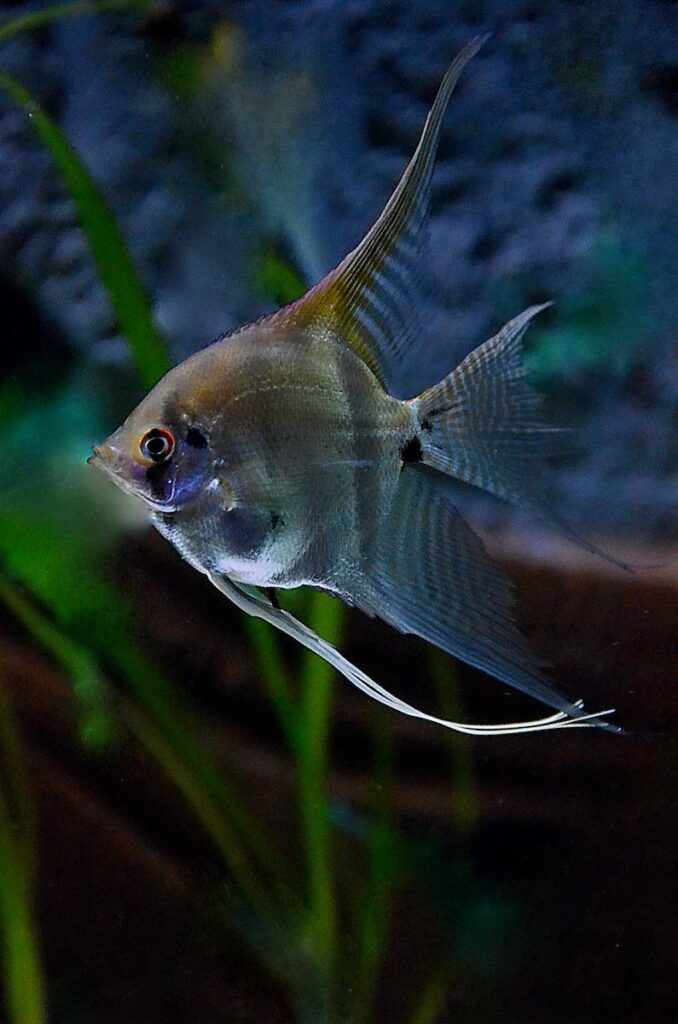
2. Marble
The Marble variety of Angel Fish showcases a mesmerizing mix of patterns and colors. Their bodies are adorned with marbled patterns in various hues of black, white, and gray, resembling the intricate swirls of marble stone. The Marble Angel Fish also features elongated fins with delicate, ethereal patterns, adding to their overall allure.
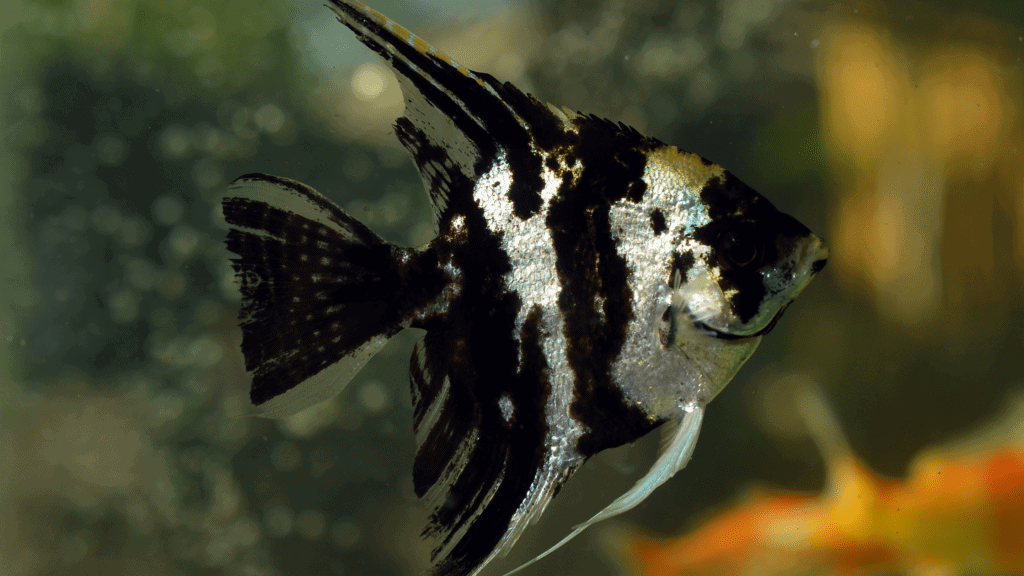
3. Koi
The Koi Angel Fish is named for its resemblance to the popular Japanese koi fish. It displays vibrant colors resembling those found on koi fish, such as bright oranges, yellows, and blacks. The unique combination of colors on each Koi Angel Fish gives them a truly striking appearance, making them a favorite among fish enthusiasts.
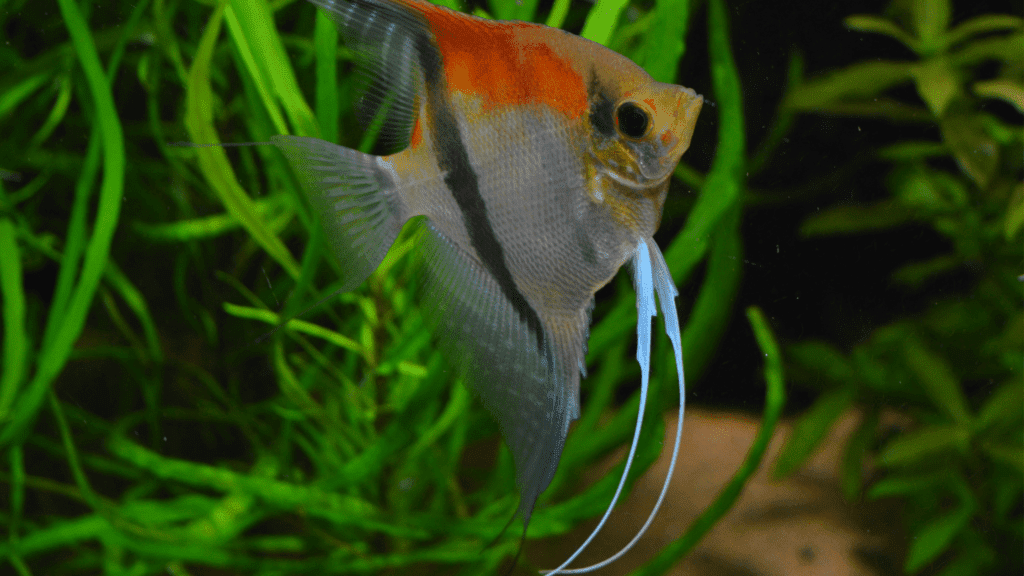
4. Zebra
The Zebra Angel Fish, as the name suggests, showcases distinctive zebra-like stripes across its body. These bold black stripes are set against a silver or gold background, creating a striking contrast. The Zebra variety is known for its active and vibrant personality, making it an intriguing addition to any tank.
5. Panda
The Panda Angel Fish is recognizable for its predominantly black body with patches of white on its head, fins, and tail. This striking coloration is reminiscent of a panda, giving this variety its name. The Panda Angel Fish adds a unique and eye-catching touch to any aquarium, with its contrasting black and white markings.
Angel Fish come in a variety of stunning colors and patterns, each showcasing its own unique charm. By exploring different varieties, you can create a visually captivating aquarium that is sure to be a conversation starter.
Common Angel Fish Diseases and Prevention
To ensure the long-term health of your Angel Fish, it’s crucial to be aware of common diseases they may encounter. In this section, I will identify prevalent Angel Fish ailments, their symptoms, and provide necessary preventive measures you can take to keep your fish in optimal health.
1. Ichthyophthiriasis (Ich)
Ichthyophthiriasis, commonly known as Ich, is a parasitic disease that affects many freshwater fish, including Angel Fish. It is caused by the protozoan parasite Ichthyophthirius multifiliis. Symptoms of Ich include small white spots resembling grains of salt on the fish’s body, rapid breathing, rubbing against objects or substrate, and loss of appetite.
2. Fin Rot
Fin Rot is a bacterial infection that affects the fins and sometimes the body of Angel Fish. It is mainly caused by poor water quality and stress, which weaken the fish’s immune system. Symptoms of Fin Rot include frayed and disintegrating fins, reddening or darkening of the affected area, and lethargy.
3. Dropsy
Dropsy is a serious condition characterized by the accumulation of fluid in the fish’s body cavity and tissues. It can be caused by various factors, including bacterial infections, poor water quality, and organ failure. Symptoms of Dropsy include a swollen abdomen, raised scales, loss of appetite, and lethargy.
Prevention Tips:
- Maintain proper water parameters, including temperature, pH level, and ammonia/nitrate levels, to prevent stress and disease.
- Regularly test the water quality using reliable aquarium test kits.
- Perform frequent water changes to keep the tank clean and remove toxins and waste products.
- Quarantine new fish before introducing them to the main tank to prevent the spread of diseases.
- Provide a balanced diet and avoid overfeeding, as excess food can lead to poor water quality and compromised immune systems in fish.
- Ensure adequate filtration and aeration in the tank.
By being vigilant and proactive in preventing diseases, you can significantly improve the health and well-being of your Angel Fish.
| Disease | Symptoms | Preventive Measures |
|---|---|---|
| Ichthyophthiriasis (Ich) | Small white spots on the body, rapid breathing, rubbing against objects, loss of appetite | Maintain proper water parameters, quarantine new fish, provide a balanced diet |
| Fin Rot | Frayed and disintegrating fins, reddening or darkening of affected area, lethargy | Maintain proper water quality, reduce stress, ensure adequate filtration |
| Dropsy | Swollen abdomen, raised scales, loss of appetite, lethargy | Maintain proper water parameters, perform regular water changes, provide a varied and nutritious diet |
Maintaining Water Quality for Angel Fish
Maintaining proper water quality is crucial to ensuring the well-being and health of your Angel Fish in the aquarium. By understanding the importance of maintaining optimal water parameters, monitoring temperature, using efficient filtration systems, and following regular maintenance routines, you can create a pristine aquatic environment that promotes the longevity and happiness of your fish.
Water Parameters
The water parameters in your Angel Fish tank play a vital role in maintaining their health. Factors such as pH level, hardness, and ammonia levels should be regularly monitored and adjusted within the ideal range for Angel Fish. Here are the recommended parameters:
| Parameter | Ideal Range |
|---|---|
| pH Level | 6.5-7.5 |
| Water Hardness | 4-8 dH |
| Ammonia | 0 ppm |
Temperature Control
Maintaining a stable water temperature is crucial for the well-being of your Angel Fish. They thrive in water that is consistently within the recommended temperature range. It is advisable to keep the temperature between 75-80 degrees Fahrenheit (24-27 degrees Celsius) for most Angel Fish species. Use a reliable aquarium heater to regulate and monitor the temperature effectively.
Filtration Systems
A high-quality filtration system is essential for keeping the water in your Angel Fish tank clean and free from harmful impurities. The filtration system should provide mechanical, chemical, and biological filtration, effectively removing debris, toxins, and promoting the growth of beneficial bacteria. Regularly clean and maintain the filtration system to ensure optimal performance.
Regular Maintenance Routines
Regular maintenance is necessary to keep the water quality in your Angel Fish tank at its best. Here are some essential routine tasks:
- Perform weekly water changes of 20-30% to remove accumulated toxins and maintain water clarity.
- Clean the substrate and remove any uneaten food or waste to prevent ammonia buildup.
- Test and monitor water parameters regularly to ensure they remain within the recommended range.
- Inspect and clean the aquarium equipment, including the filter, heater, and lighting.
Remember, consistent monitoring and maintenance of water quality will greatly contribute to the overall health and happiness of your Angel Fish.
By following these guidelines and staying proactive in maintaining optimal water quality, you can create a thriving aquarium environment where your Angel Fish can flourish.
Troubleshooting Common Angel Fish Issues
Even with the best care, challenges can arise when keeping Angel Fish. In this section, I will address common issues such as aggressive behavior, stress symptoms, and other problems that may occur with Angel Fish. I will provide solutions and tips to resolve these issues and promote a harmonious tank environment.
1. Aggressive Behavior
Angel Fish can sometimes exhibit aggressive behavior, especially during territorial disputes. This can lead to fin nipping, chasing, or even injury to other fish in the tank. To address this issue:
1.1. Ensure adequate tank size: Provide enough space for each Angel Fish to establish their own territories.
1.2. Create hiding spots: Incorporate plenty of plants, caves, and other decorations to create hiding places and break the line of sight that can trigger aggressive behavior.
1.3. Rearrange the tank: Occasionally rearrange the decorations and introduce new items to disturb established territories and reduce aggression.
1.4. Separate aggressive fish: If aggression persists, consider temporarily separating the aggressive fish until they calm down.
2. Stress Symptoms
Angel Fish can experience stress due to various factors, such as poor water conditions, inappropriate tank mates, or changes in the environment. Common signs of stress include loss of appetite, paleness, rapid breathing, and hiding. To address stress:
2.1. Maintain optimal water parameters: Regularly test water quality and ensure appropriate temperature, pH, and ammonia levels.
2.2. Choose compatible tank mates: Avoid aggressive or overly territorial fish that can stress out the Angel Fish.
2.3. Provide hiding spots: Offer ample hiding spots and plants for Angel Fish to retreat to when they feel stressed.
2.4. Minimize disturbances: Keep noise and sudden movements to a minimum in the vicinity of the tank.
3. Common Problems
In addition to aggression and stress, Angel Fish can face other common problems such as fin rot, ich, or swim bladder issues. Here are some general tips to mitigate these problems:
3.1. Maintain excellent water quality: Regularly perform water changes and keep the tank clean to prevent the buildup of harmful bacteria and parasites.
3.2. Quarantine new fish: Always quarantine new additions to the tank to prevent the introduction of diseases and parasites.
3.3. Provide a balanced diet: Ensure your Angel Fish receive a varied diet with high-quality flakes, pellets, and occasional live or frozen foods.
3.4. Seek veterinary assistance: If the problems persist or worsen, don’t hesitate to consult a fish veterinarian for a proper diagnosis and treatment.
By addressing these common Angel Fish issues promptly and effectively, you can ensure a healthy and thriving aquarium for your beautiful aquatic pets.
| Issue | Symptoms | Prevention | Solution |
|---|---|---|---|
| Aggressive Behavior | Fin nipping, chasing, injury to other fish | Provide adequate tank size, create hiding spots, rearrange the tank, separate aggressive fish | Ensure territorial space, break line of sight, disturb territories, temporary separation |
| Stress Symptoms | Loss of appetite, paleness, rapid breathing, hiding | Maintain optimal water parameters, choose compatible tank mates, provide hiding spots, minimize disturbances | Regular water testing, careful selection of tank mates, offer hiding spots, minimize disturbances |
| Common Problems | Fin rot, ich, swim bladder issues | Maintain excellent water quality, quarantine new fish, provide a balanced diet | Regular water changes, quarantine new fish, varied diet, seek veterinary assistance if needed |
Conclusion
Now that you have all the essential knowledge from this guide, you can confidently care for and appreciate the splendor of Angel Fish in your personal aquarium. By following the instructions for creating an ideal tank, feeding your fish, breeding them, and maintaining their health, you will establish a flourishing aquatic habitat for these mesmerizing creatures.
Remember, a well-maintained tank with proper water parameters, regular maintenance routines, and appropriate filtration systems is crucial for the well-being of your Angel Fish. It is also important to provide a well-balanced diet consisting of high-quality food to ensure their optimal growth and development.
Furthermore, if you decide to breed Angel Fish, be sure to choose compatible pairs and create the ideal breeding conditions for successful reproduction. By understanding the unique traits and varieties of Angel Fish, you will have a better appreciation for their beauty and be able to identify different species.
Finally, vigilant health monitoring and prompt preventive measures can help combat common diseases that Angel Fish may encounter. By being proactive and taking necessary precautions, you can ensure the long-term health and longevity of your fish.
FAQ
What size tank is suitable for keeping Angel Fish?
Angel Fish require a tank that is at least 20 gallons in size for a small school. However, if you plan on keeping a larger group or other fish species, a tank of 55 gallons or more is recommended.
How often should I feed my Angel Fish?
Angel Fish should be fed small amounts of food two to three times a day. It’s important not to overfeed them as it can lead to water quality issues and health problems.
Can I keep Angel Fish with other fish species?
Yes, Angel Fish can coexist with many peaceful community fish. However, it’s important to avoid keeping them with fish that may nip at their long fins, such as some tetras or barbs.
What water parameters should I maintain for Angel Fish?
Angel Fish prefer slightly acidic water with a pH between 6.0 and 7.0, a temperature range of 76-82°F (24-28°C), and a water hardness between 5-12 dH.
How can I differentiate between male and female Angel Fish?
Male Angel Fish typically have a more pointed genital papilla, a larger body size, and a more pronounced hump on their forehead. Females, on the other hand, often have a rounder shape and a less prominent forehead hump.
What are some common diseases that affect Angel Fish?
Angel Fish are susceptible to diseases such as fin rot, ich (white spot disease), and bacterial infections. Regular monitoring of water quality, maintaining proper hygiene, and ensuring a balanced diet can help prevent these diseases.
How can I breed Angel Fish?
To breed Angel Fish, you’ll need a separate breeding tank, a pair of sexually mature Angel Fish, and a suitable spawning site, such as broad-leaved plants or a plastic spawning cone. Provide optimal water conditions and closely monitor the mating process to increase the chances of successful breeding.
Can I keep different varieties of Angel Fish together?
Yes, it is possible to keep different varieties of Angel Fish together. However, care should be taken to ensure that the varieties are compatible in terms of size and temperament to avoid aggressive behavior.
How can I prevent aggressive behavior in Angel Fish?
Providing ample hiding spaces and visual barriers, such as plants, rocks, or driftwood, can help reduce aggression among Angel Fish. Providing a spacious tank with plenty of swimming space can also prevent territorial disputes.
What should I do if my Angel Fish shows signs of stress?
If your Angel Fish exhibits signs of stress, such as clamped fins, loss of appetite, or unusual aggression, it’s important to evaluate and address any potential causes, such as poor water quality, improper tank setup, or incompatible tankmates.
How big of a tank do angel fish need?
Angel fish are relatively large fish and will need a spacious tank to thrive. A good rule of thumb is to provide at least a 30-gallon tank for a single pair of angel fish, or a 55-gallon tank if you plan on keeping a group. The tank should also be at least 20 inches tall to accommodate the fish’s tall, triangular fins.
What should I feed my angel fish?
Angel fish are omnivores, which means they will eat a variety of both plant and animal-based foods. A high-quality flake or pellet food should be the base of their diet, and can be supplemented with live or frozen foods such as brine shrimp, daphnia, and bloodworms. Vegetables such as blanched lettuce, spinach, and peas can also be offered as occasional treats. It’s important to avoid overfeeding your angel fish, as excess food can contribute to water quality problems and obesity.
How often should I feed my angel fish?
Angel fish should be fed once or twice a day, with the amount of food being adjusted based on the size and activity level of the fish. A good rule of thumb is to only offer as much food as the fish can consume in a few minutes.
How do I maintain good water quality for my angel fish?
Maintaining good water quality is essential for the health of your angel fish. This includes keeping the pH, hardness, and ammonia levels within the desired range, and performing regular water changes to remove any accumulated toxins. It’s also important to use a good-quality water conditioner to remove chlorine and other toxins from the tap water.
How can I prevent my angel fish from getting sick?
The best way to prevent health issues in your angel fish is to provide a suitable environment and proper care. This includes maintaining good water quality, providing a varied and nutritious diet, and avoiding overcrowding. It’s also important to monitor your fish regularly for signs of stress or illness, and seek appropriate treatment if necessary.
What should I do if one of my angel fish becomes sick?
If one of your angel fish becomes sick, it’s important to identify the cause and seek appropriate treatment. This may involve the use of medications or changes to the fish’s diet or environment. It’s always a good idea to consult with a veterinarian or a fish-keeping professional for guidance. To prevent the spread of disease, it’s also a good idea to isolate the sick fish in a separate quarantine tank.
Can I keep angel fish with other fish species?
Angel fish are generally peaceful and can be kept with a variety of other peaceful community fish. However, they may become territorial when breeding, so it’s important to provide plenty of hiding places and create a spacious environment. Avoid keeping them with more aggressive fish that may bully or harm them.
How do I acclimate new fish to the tank?
When introducing new fish to your tank, it’s important to acclimate them gradually to minimize stress. This can be done by floating the bag containing the new fish in the tank for about 15-30 minutes to allow the water temperatures to equalize, and then slowly adding small amounts of tank water to the bag over the course of an hour. After an hour, the fish can be released into the tank.
How often should I perform water changes?
Regular water changes are crucial for maintaining water quality and removing any accumulated toxins. It’s generally recommended to perform a 25-50% water change every week or two, depending on the size
How do I properly handle my angel fish?
While it’s natural to want to interact with your fish, it’s important to remember that they are sensitive creatures that can become stressed by handling. Try to minimize the amount of times you handle your fish, and use a gentle touch when you do. Avoid scooping them up with a net, as this can cause damage to their delicate fins and scales. Instead, try using a plastic cup or other gentle methods of transfer.
References
Aquarium and Tropical Fish Association (ATA)
National Aquarium Society (NAS)
Ornamental Aquatic Trade Association (OATA)
Associated Koi Clubs of America
International Federation of Online Clubs and Aquatic Societies (IFOCAS)
Federation of British Aquatic Societies (FBAS)
Northeast Council of Aquarium Societies (NEC)
Federation of American Aquarium Societies (FAAS)
Please check other articles on this website, I have listed some of them here:
Everything You Need to Know About Caring for Blue Zebra Cichlids in Your Aquarium
Everything You Need to Know About Torch Coral: A Stunning Addition to Your Marine Aquarium
Optimal pH Levels for Tropical Fish: Essential Aquarium Guide
Discovering Freshwater Snail Species: An In-depth Guide
Expert Tips for Breeding Guppies: Keys to Successful Fishkeeping
Discover Peaceful Community Fish: Your Guide to Calm Aquatics
Ultimate Guide to Live Food for Betta Fish — Healthy Choices
Complete Guide to Your Perfect Cichlid Tank Setup
Your Guide to the Best Substrate for Planted Aquariums
Essential Guide to Discus Fish Care: Help Your Pets Thrive!
Grow Your Own Eden: Beginner-Friendly Aquascaping Plants Guide
Perfect Neon Tetra Tank Mates: Guide to Aquarium Harmony
Product Review of Eheim Classic vs Professional
The Ultimate Guide to Discus Fish Care
What Fish Can Live With Discus?
How to Sex Discus Fish?: A Simple Guide for Hobbyists
Complete Discus Fish Tank Setup Guide
Can Discus Fish Live With Angelfish? The Complete Guide
Discus Diet Guide: What Do Discus Fish Eat?
Are Discus Fish Hard to Keep? Insights & Tips.
Optimal Discus Fish Water Parameters Guide
Discus Fish Size Guide 2024: How Big Do Discus Fish Get?
Ultimate Million Fish Guppy Care Guide 2024
Top 10 Fish for a Planted Aquarium, everything you need to know
The 10 best community fish for a peaceful tank
I am a passionate aquarist with over 30 years of hands-on experience in fishkeeping. My journey began at a young age, collecting fish from the wild and learning through experimentation. Specializing in tropical fish, I bring a deep understanding of the hobby to FishKeepingMadeSimple. The site provides honest, detailed reviews of essential products and accessories to help fellow enthusiasts create the best environments for their fish.

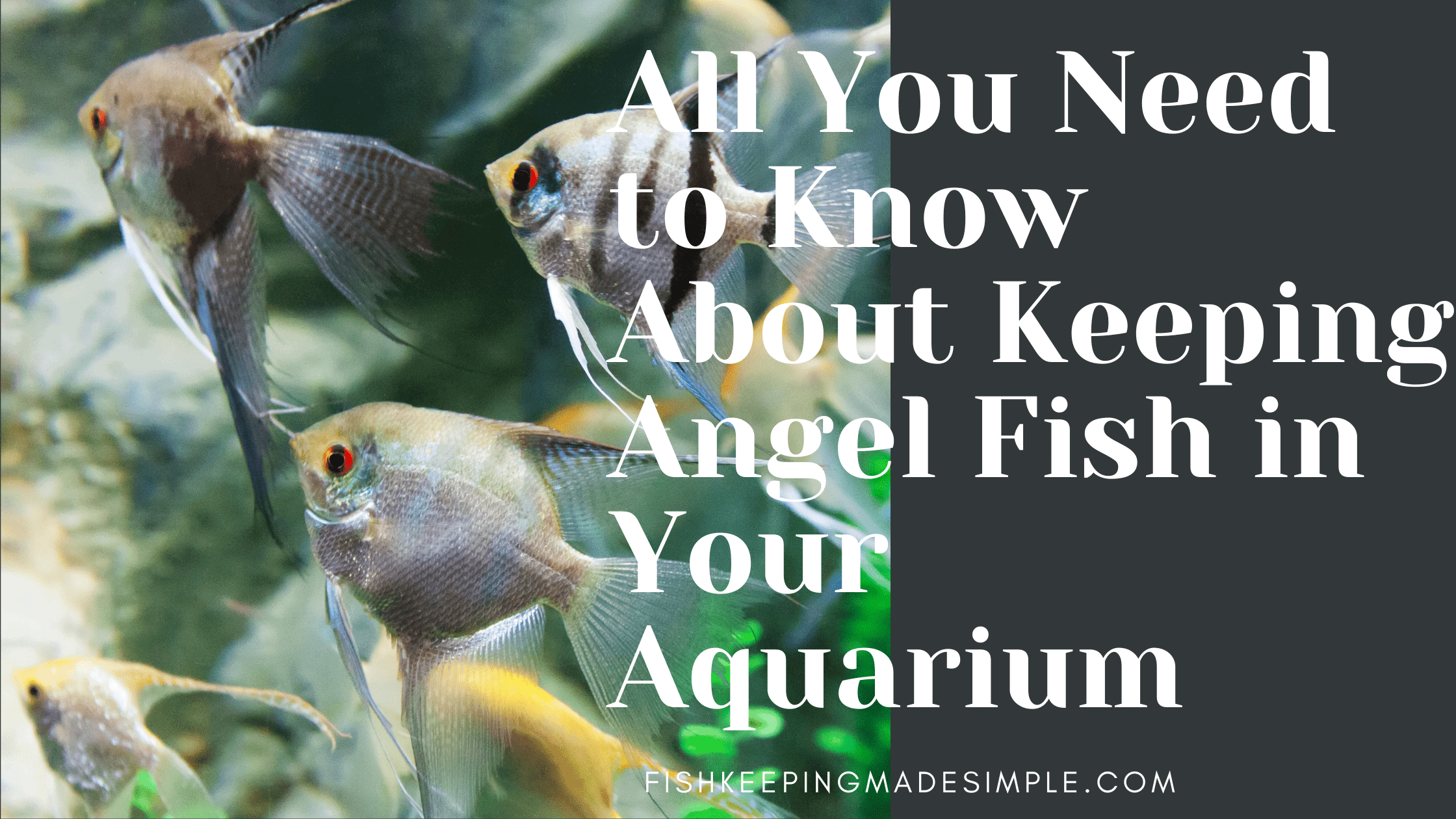

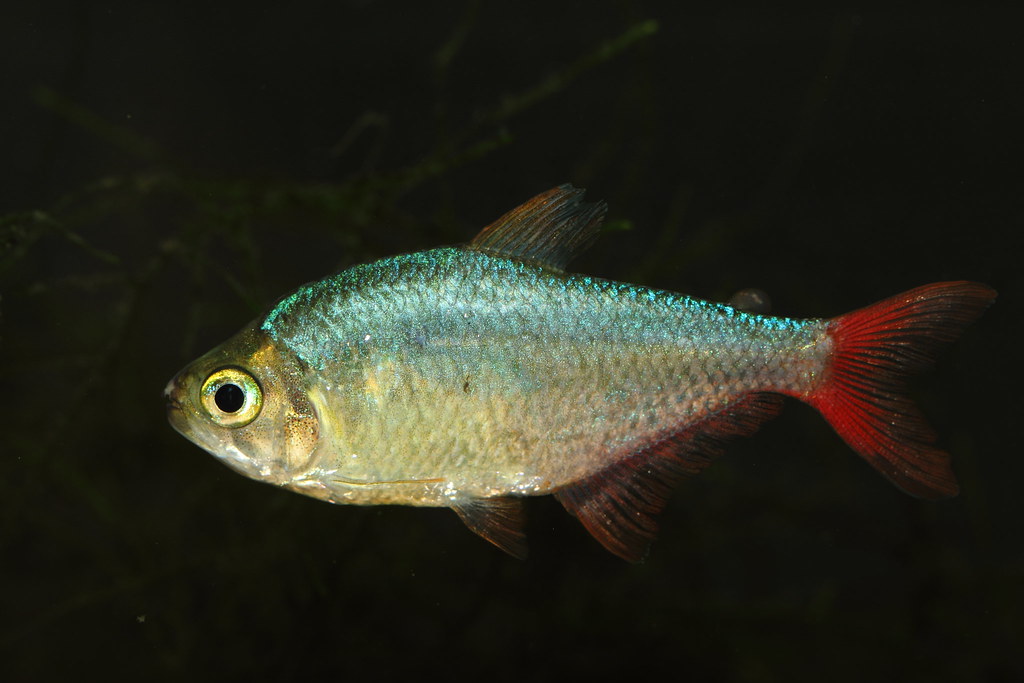
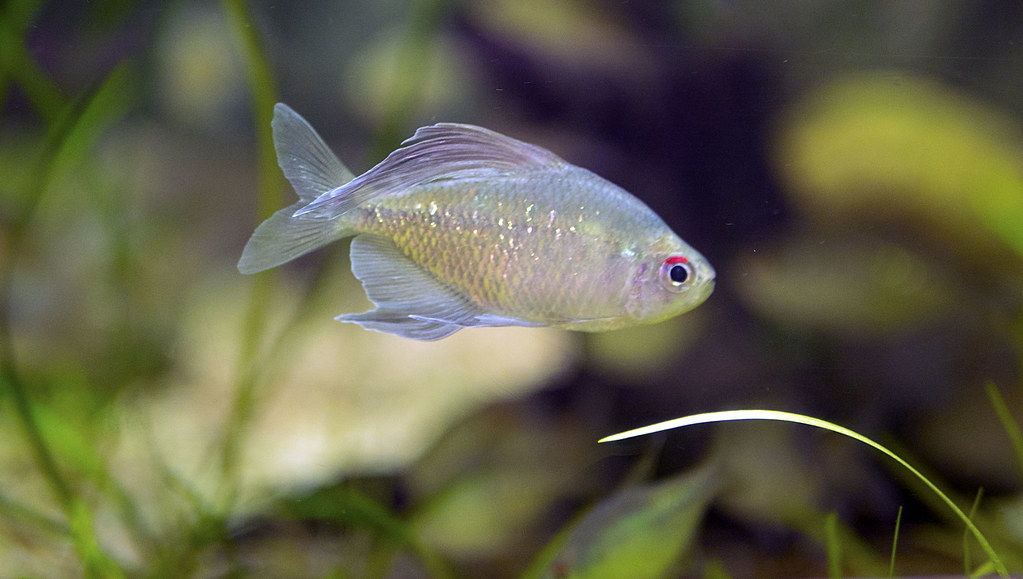
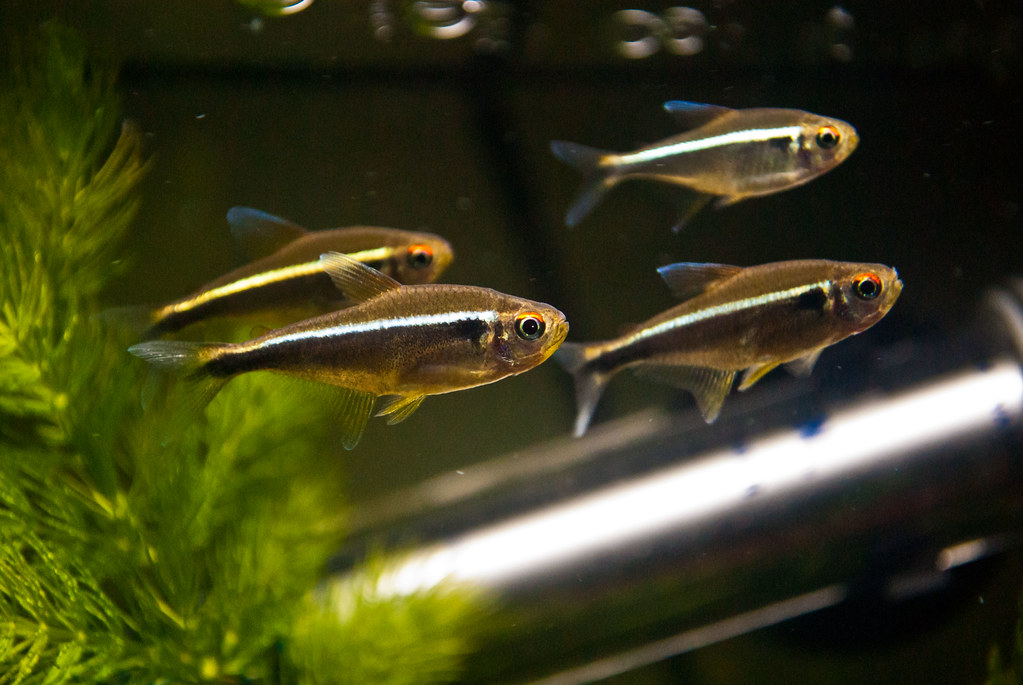
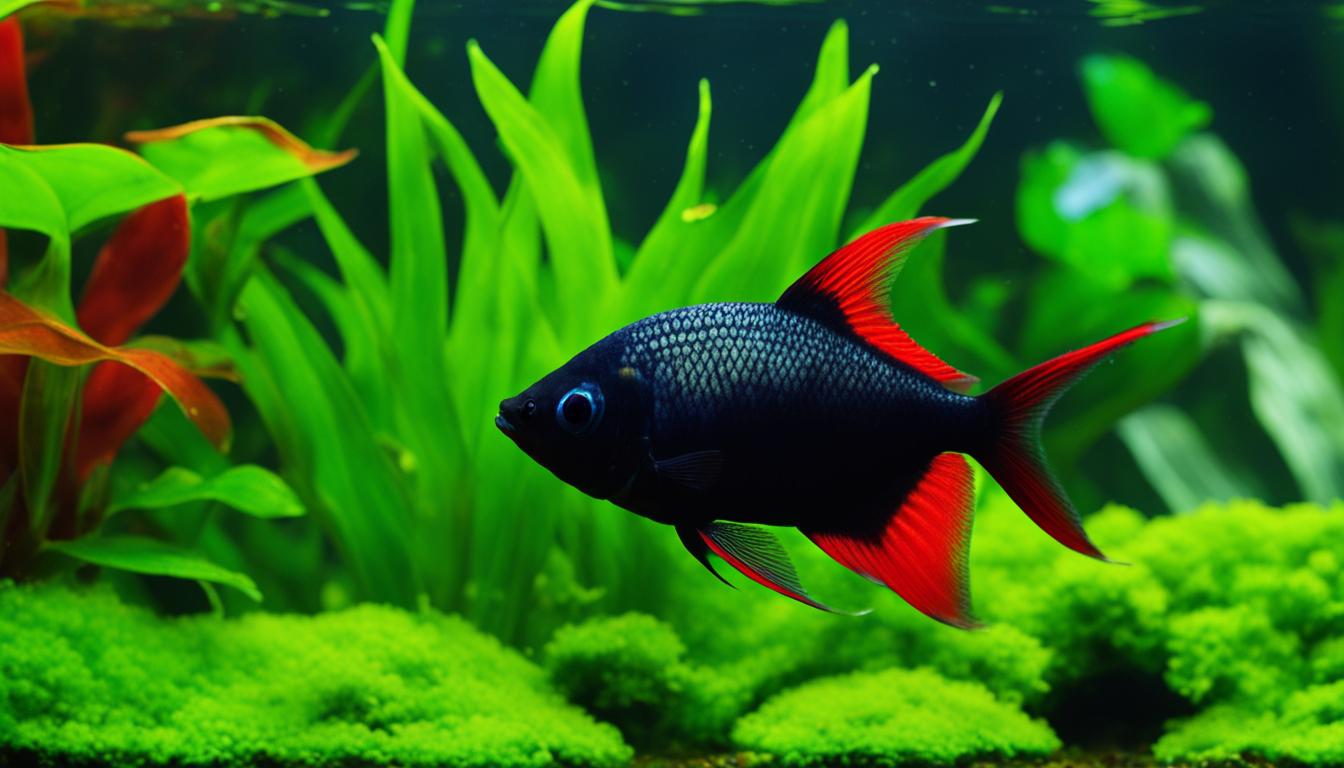
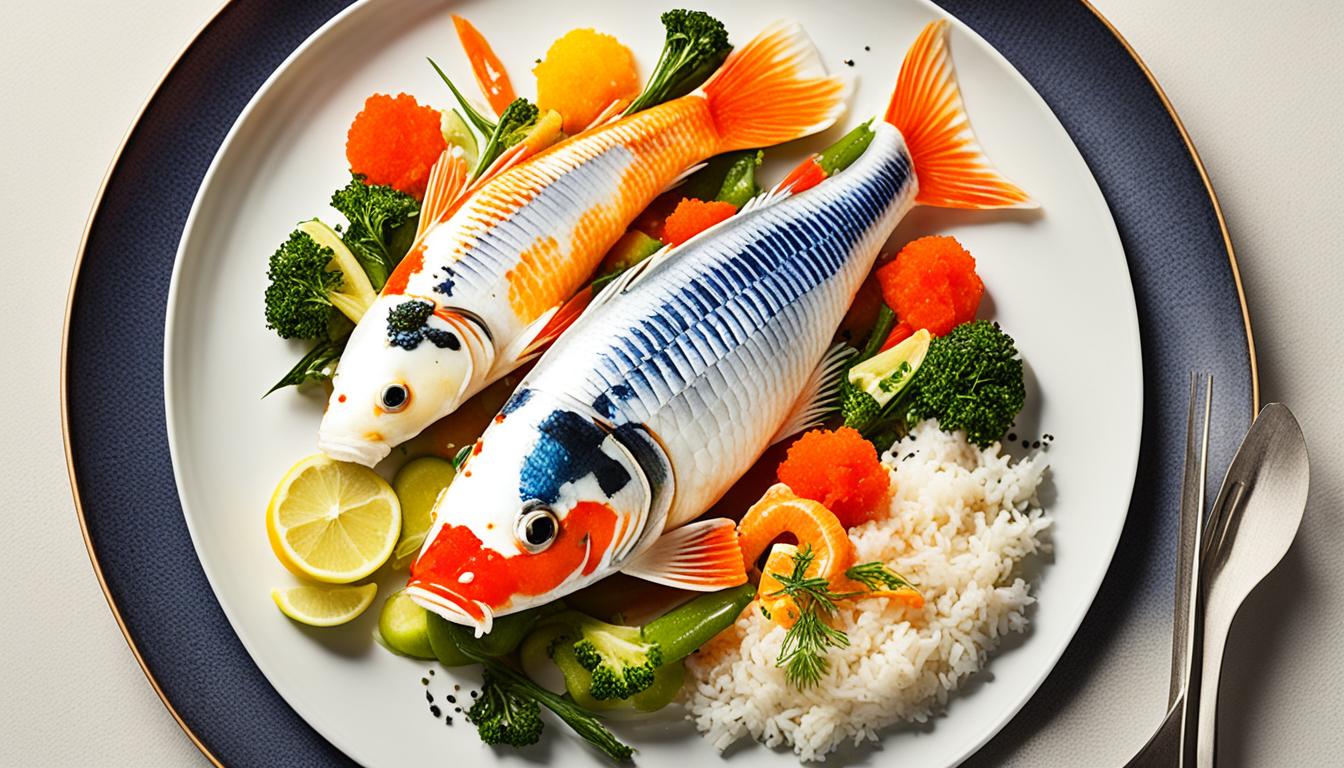
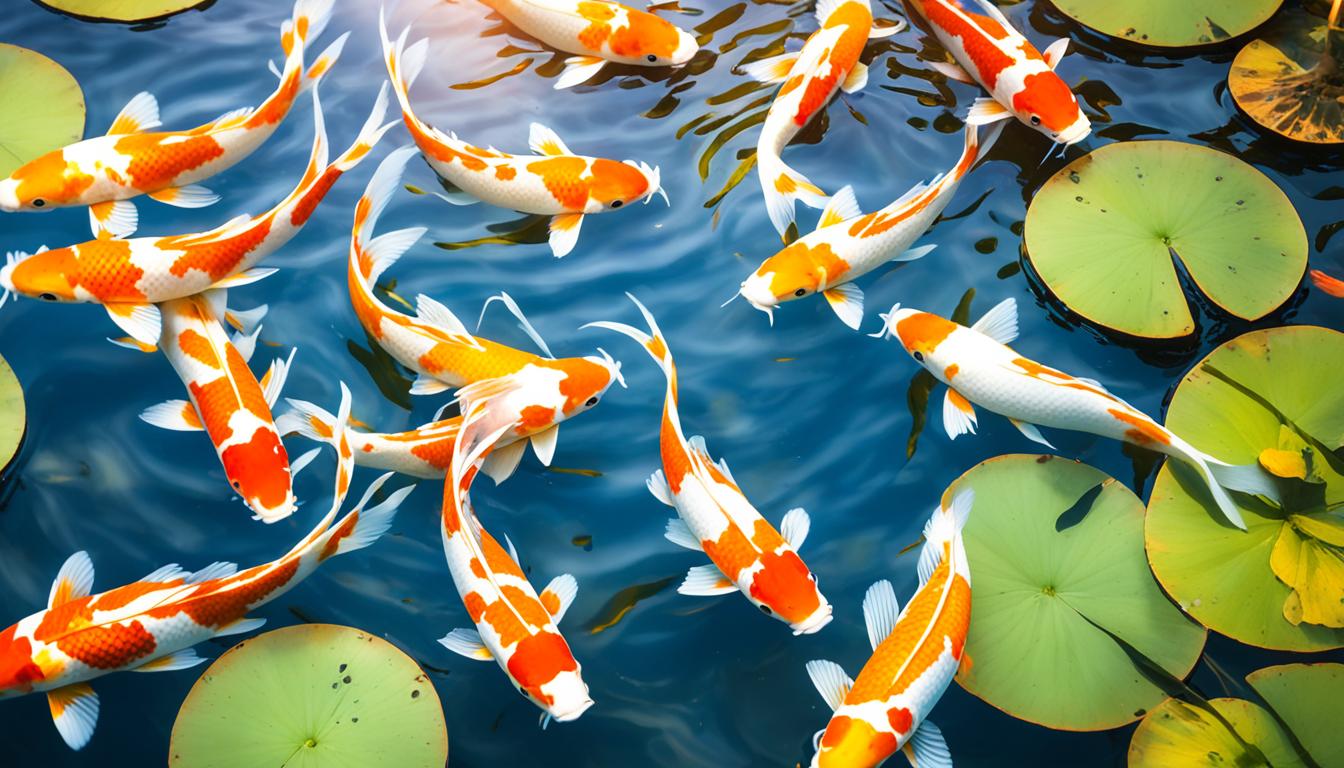
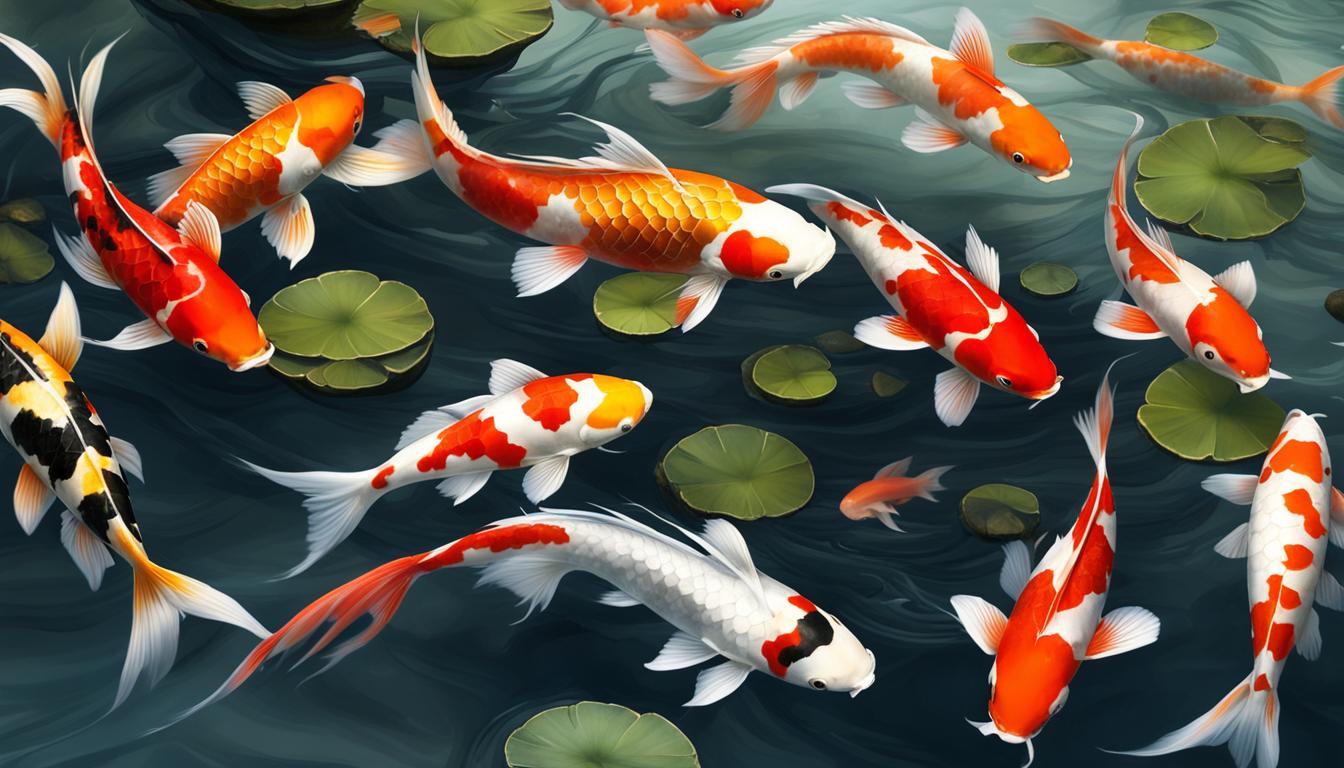
[…] You may also be interested in another Angel article, please check this out All You Need to Know About Keeping Angel Fish in Your Aquarium […]
[…] note: When keeping swordtails with angelfish, it is important to ensure a large enough tank and plenty of hiding spots for the swordtails. […]